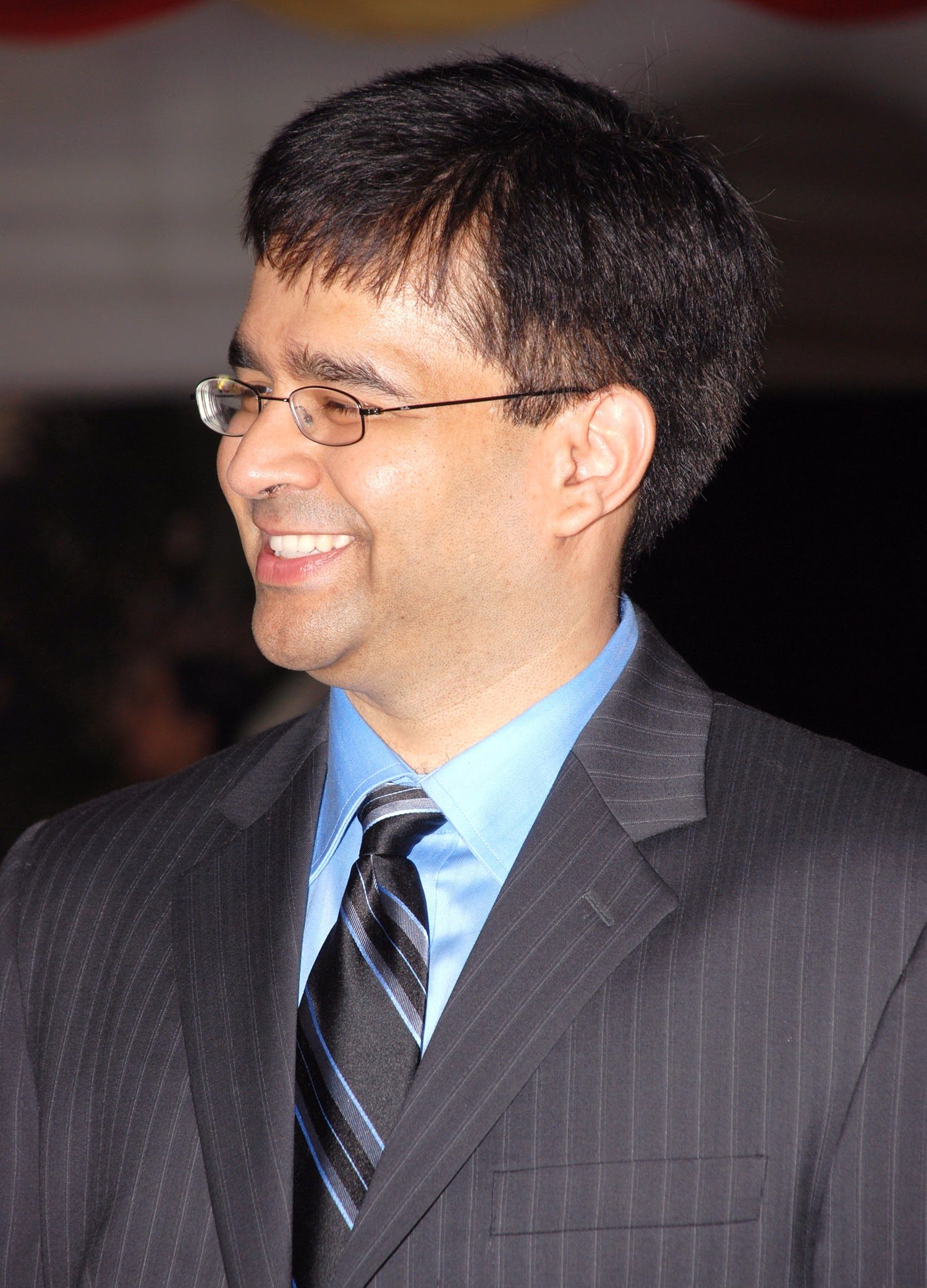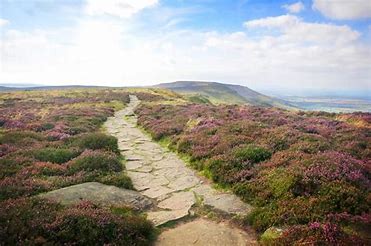
My friend Chandu sent me the story given below. It made me think and think deep. It was about Trust Vs Faith. Some of you may think that both are the same; it is only the semantics. But I do not believe it is merely semantics.
Faith is complete trust or confidence in someone or something.
Trust is a firm belief in the reliability, truth, or ability of someone or something.
I somehow used to think that Trust and Faith are two similar words, but as I was pondering about the difference, I realised the subtle and not so subtle difference in these two words. Chandu’s story helped me conclude.
A person started to walk on a rope tied between two tall towers, and he was ambling, balancing with a long stick in his hands. He had his son sitting on his shoulders.
All people on the ground were watching him in bated breath and were very tense. When he slowly reached the second tower, everyone clapped, whistled and welcomed him. They shook hands and took selfies.
He asked the crowd “do you all think I can walk back on the same rope now from this side to that side?”
The crowd shouted in one voice “Yes, Yes, you can..”
Do you trust me, he asked? They said yes, yes, we are ready to bet on you.
He said okay, can anyone of you give your child to sit on my shoulder; I will take the child to the other side safely
There was a stunned silence. Everyone became quiet.
Belief or faith is different. Trust is different. For Trust, you need to surrender totally.
It is what we lack towards God in today’s world. We approach HIM selectively.
We believe in Almighty. But do we trust HIM?
The image above is one I found very interesting. To me, it indicated that you start trusting at some stage; to me, Trust is the next stage of belief/faith. In the image, you see a man balancing himself to go from one end to the other, walking on the thin rope. But the caption written on the picture gives an important message. It says, “A day will come when the option to move either forward or backward, is not an option in a typical case. At that stage, one has to become a “डोंबारी,”- a Marathi word for an acrobat! These acrobats are not professional acrobats, but the whole family, including kids, perform acrobatic stunts, on streets; they have no option. They perform these acts to earn their living.
डोंबारी Video!
In everybody’s life at some stage, we have to become a “डोंबारी.” Sometimes our options are limited or tight. We need to make decisions, whether we like it or not. Our general tendency is to try and maintain the status quo. But is it only about life and death? Many times yes, but it is not a necessary condition. There are some personal situations, some business situations; there could be some public matters which may force you to make a decision.
Mother and the child relationship is one that is based on trust all the way. The mother carries the child in her womb for nine months, and no relationship in this world could be closer. For the mother, the child always comes first at every stage. We know the stories where mothers have fed their children by remaining with an empty stomach. The sacrifices mothers make, reach new heights in different situations. In every other relationship, the first stage is always faith, and from faith comes the trust.

In work, the first such relationship that comes to mind is that of the trapeze artists. Trapeze artists work in circuses. They swing and perform various acrobatics usually performed by more than one person; sometimes, it is a group activity. The artists swing high in the circus tent with a safety net below. Some outdoor performers use water body in place of the safety net. These performances are high risk, and when done a team event, it is based totally on trust. Once that full trust is formed, the performance of the group reaches the peak.
I want to use the term Parachute Packers as a Metaphor. When people go on missions in aeroplanes, or they go for para jumping, someone packs a parachute for them, correctly. It is a job of that safety person. But it is the trust we show in these Parachute Packers that is important.
Similarly, there are Parachute packers in our life. We have friends, family and others who may not be close to you on a day to day basis. These persons or group of people are just there behind you, only if needed. How does this happen? What makes people think differently than others? Is it the love between two humans, not necessarily equals? Is it inborn in the people? In an ordinary course, your parents, siblings, close relatives and friends are expected to be such people, but there have been instances when this group of people have remained spectators. Your parachute packer, lurking in the background, raises the hand!
Do we work on creating such a support system? Is such support quid pro quo? No, it is not quid pro quo! Such people are simply born that way. Like mothers, these people also pack your parachute because they just want to do it! Who does not need parachute packers in their lives? I feel that all of us need such people. It is because money can’t buy everything. There are some situations where you may have the financial wherewithal, but that does not get the support you are looking for; you may be in two minds about the decision to be taken in a tough situation. You may feel lost in a situation; parachute packers are there for you in the background. You go to them, and they will help you. Or maybe sometimes they will come to help you without your calling them.
I am talking of those who support others on their own because they just want to do so. I will share with you a story about a professional. The professional was a smart professional in the technical marketing field. He had excelled in his job, and everything looked hunky-dory, from a distance. One day he went to meet a friend of his. They were good friends but did not meet regularly. Our man told his friend, let’s go out somewhere. They went out and settled near a lake; the guy looked very upset and tense. He said, “Please help me; I have an issue with my job.” The problem was that the gentleman had simply started hating his job. He did not have any professional issue, and he was not sure what caused this. He also said that once he felt like committing suicide. The friend talked to him for some time and helped him to decide to quit that job. The friend nursed him back to normalcy. The gentleman took another job and was very happy in his life for the last 30 years. The person who did this is a close friend of mine. I asked him why this friend came to him? He is still not sure, but my friend spent almost three months in nursing that person back to routine; they have met only once after that episode in, 30 years! Parachute Packer?
Why was my friend approached in this situation? My analysis is that my friend is a great listener, and he exuded trust. He is a person with empathy; he is very sharp and can judge things in correct perspective, quickly. And most important is that during this critical phase took special efforts to find time for this person who was in difficulty! Is that description of a Parachute Packer?
There may be a Parachute Packer around, but ultimately you have to become a “डोंबारी,” and take that delicate walk, knowing that you could still fall and hurt yourself.
To me, when human beings come together, they like each other, believe in each other and start having faith in that person. But unless that person becomes your “Go-To” person, you cannot trust him. You trust HIM and your mother!
My definition of a trustworthy person or a “Go-To” person is best described in a poem below.
They came to tell your faults to me,
They named them over one by one;
I laughed aloud when they were done,
I knew them all so well before, —
Oh, they were blind, too blind to see
Your faults had made me love you more.








